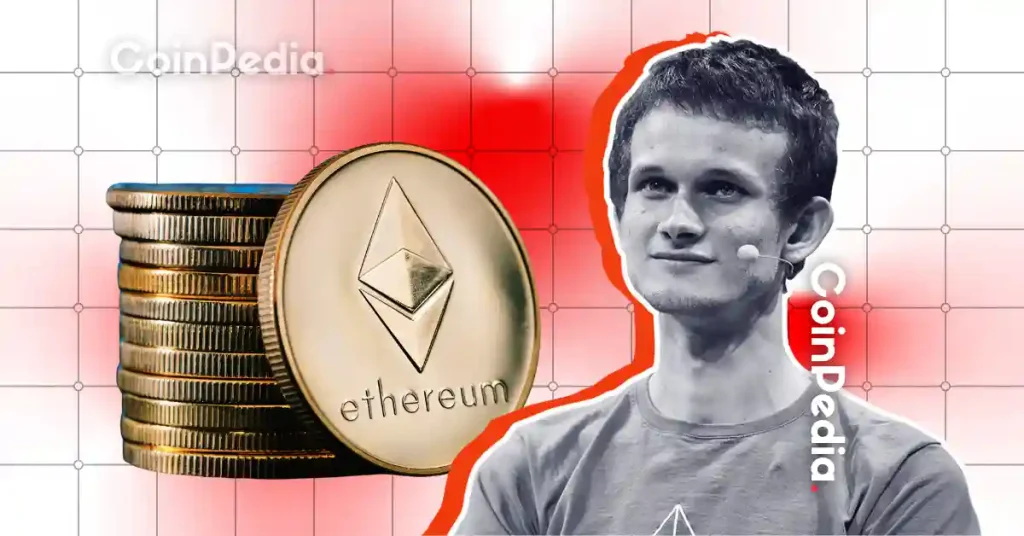Will Ethereum Treasuries Outperform Bitcoin and Solana? Redditors Debate

The post Will Ethereum Treasuries Outperform Bitcoin and Solana? Redditors Debate appeared first on Coinpedia Fintech News
Ethereum treasuries are in the spotlight and everyone’s buzzing about them.
Publicly listed firms have been piling into ETH, scooping up a good chunk of the supply since June – worth over $16 billion. And these holdings are earning staking rewards, giving Ethereum an edge that’s hard to ignore.
The debate has spilled into Reddit, where one post summed it up: “Since June, ETH treasuries have scooped up around 3% of circulating supply. That’s a lot of coins parked away. The kicker is they earn staking yield on top of it, which BTC treasuries can’t do.”
Why Ethereum Looks Stronger
According to Standard Chartered, Ethereum treasuries are better placed to weather the market downturn than either Bitcoin or Solana. Twelve firms – led by BitMine and SharpLink – now hold above 3.5 million ETH.
Scale is one reason, but staking yield is the big difference. Treasuries holding ETH earn ongoing rewards, a steady income stream that Bitcoin doesn’t offer.
Analysts say that gives Ethereum treasuries more staying power as weaker players drop off.
Bitcoin Treasuries Are Looking Crowded
Bitcoin treasuries still dominate in size, with 120 entities holding about 1.5 million BTC worth $176 billion, which is roughly 7% of the total supply. But that trade has become saturated.
The strategy was pioneered by Michael Saylor’s firm Strategy, which used debt and stock sales to buy BTC. Dozens of companies copied the model, pushing valuations higher. At one point, Strategy traded at more than three times the value of its holdings. Today, the premium has shrunk to just 1.3x.
Standard Chartered calls it a case of “too many imitators.” Consolidation is now likely, with larger firms buying out smaller ones but that’s just rotation, not fresh demand.
Solana Still Playing Catch-Up
Solana treasuries are much smaller, with just nine companies holding about 13.4 million SOL worth $3.32 billion – roughly 2.5% of the total supply. Staking is available, but institutional adoption isn’t on the same level as Ethereum.
There are also hurdles. Standard Chartered flagged that Nasdaq may soon require companies to get shareholder approval before making new crypto purchases, a rule that could slow Solana treasuries even further.
The Shakeout Ahead
Analysts warn that digital asset treasuries are entering a “player-versus-player” phase. Falling valuations mean only firms with cheap funding, scale, and staking yield will survive. Ethereum checks all three boxes.
Geoff Kendrick at Standard Chartered put it like: “We think ETH and SOL DATs should be assigned higher mNAVs than BTC DATs due to staking yield.”
But with Solana still small, Ethereum is emerging as the frontrunner. BitMine alone holds more than 2 million ETH worth over $9 billion and it’s still buying.
No More the “Number Two”
Between Reddit chatter, aggressive treasury buying, and analyst reports, a clear picture is forming. Bitcoin treasuries may be bloated. Solana’s still climbing the ladder. And Ethereum is building its own lane defined by scale, utility, and yield.
For institutions, that mix is proving hard to resist.
También te puede interesar

Midnight Redefines Blockchain Privacy With Zero-Knowledge and Rational Design

Coinbase to List SOMI and 0G Perpetual Contracts
